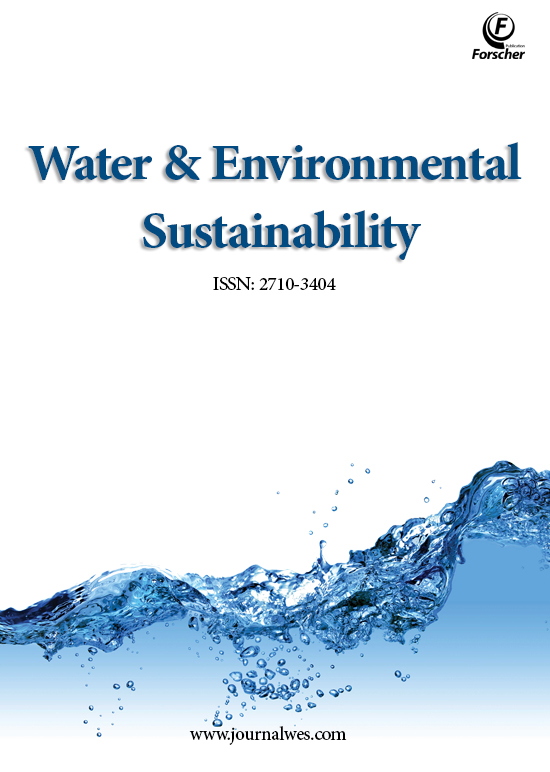Ao, J. and S. Bordoloi (2003). "Amphibian distribution with respect to water chemistry in the wetlands of Kohima district, Nagaland, India." Aqua cult 4(2): 259-263.
Battu, P. R. and M. Reddy (2009). "Bacteriological examination of drinking water with reference to coliforms in Jeedimetla, Hyderabad, India." African Journal of Biotechnology 8(20).
Bonde, G. J. (1977). Bacterial indication of water pollution. Advances in aquatic microbiology, Elsevier: 273-364.
CHATTERJEE, S., I. Bhattacharjee, S. Chatterjee and G. Chandra (2006). "Microbiological examination of milk in Tarakeswar, India with special reference to coliforms." African Journal of Biotechnology 5(15).
Edberg, S., E. Rice, R. Karlin and M. Allen (2000). "Escherichia coli: the best biological drinking water indicator for public health protection." Journal of applied microbiology 88(S1): 106S-116S.
Kasar, R., R. Tidke, G. Kore and M. Sultana (2009). "Bacteriological Examination of Drinking Water in Different Public Places with Reference to Coliforms." Nature, Environment and Pollution Technology 8(2): 307-308.
Prasai, T., B. Lekhak, D. R. Joshi and M. P. Baral (2007). "Microbiological analysis of drinking water of Kathmandu Valley." Scientific world 5(5): 112-114.

